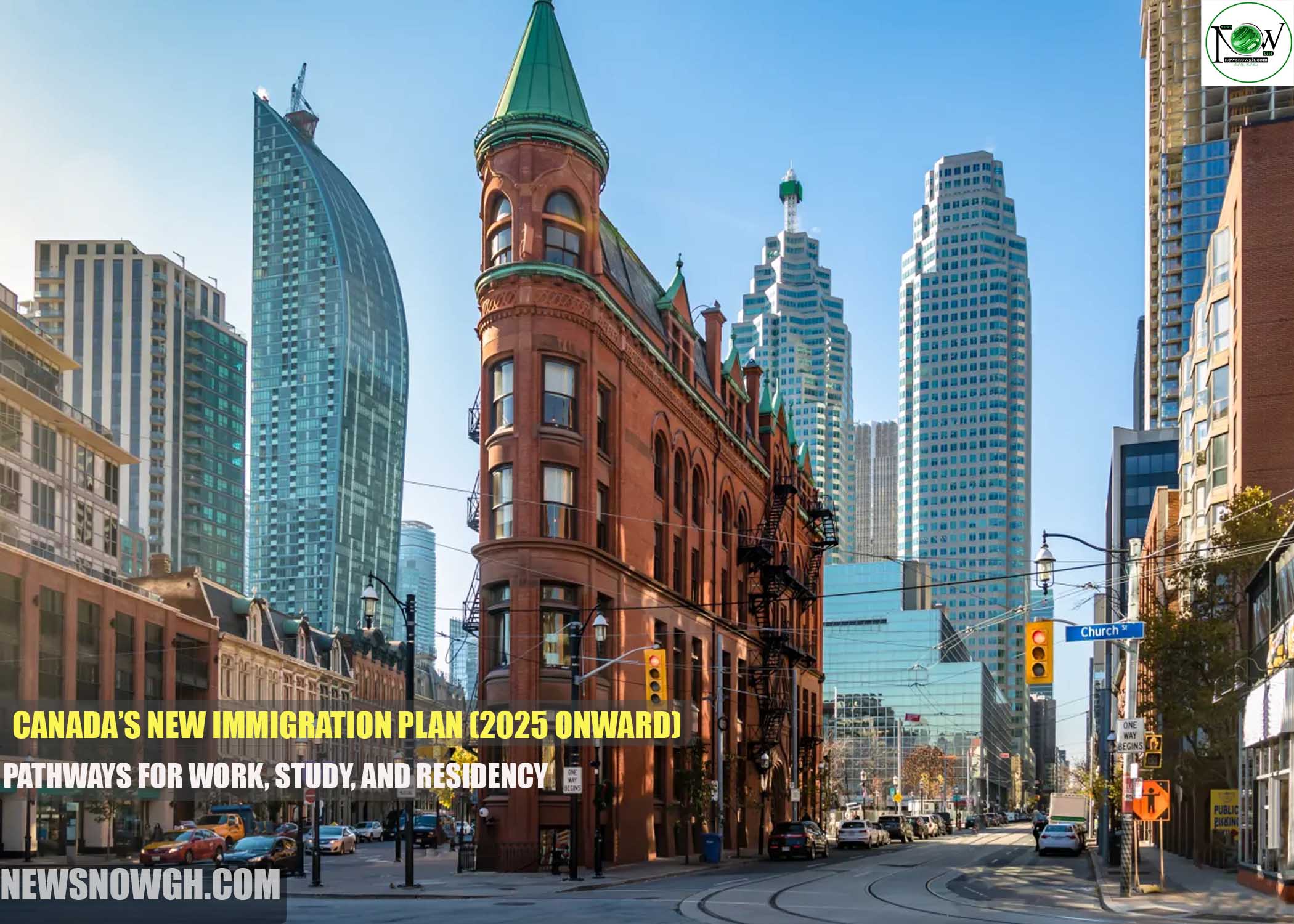Canada’s New Immigration Plan (2025 Onward): Pathways for Work, Study, and Residency
Canada is renowned for being one of the most immigrant-friendly countries in the world. In 2025, the situation will become even more significant. The latest Immigration Levels Plan indicates that Canada aims to welcome over 1 million newcomers through both temporary and permanent immigration streams.
However, this comprehensive strategy also includes measures to control the flow of newcomers, ensuring long-term sustainability.
If you dream of starting a new life in Canada as a worker, student, or permanent resident, it’s vital to understand the changes in immigration policy. The new Immigration Levels Plan outlines controlled intake targets for the next three years, directly impacting your application strategy.
Canada’s 2025 Immigration Targets
In 2025, Canada plans to admit:
- Permanent Residents (PR): 395,000 (down 21% from 2024)
- New International Students: 305,900 (down 10%)
- Temporary Foreign Workers: 367,750 (down 16%)
This brings the total number of newcomers to approximately 1.07 million, including both temporary and permanent residents.
Why Canada is Limiting New Arrivals
Canada is not shutting its doors; instead, it is adopting a smarter, more sustainable approach to immigration. The reasons include:
- Rapid population growth is straining housing, healthcare, and infrastructure.
- Housing shortages are leading to affordability crises in major cities.
- Canada wants to balance economic growth with resource management.
- The government aims to reduce the temporary resident population to 5% of the total population by the end of 2026.
Implications for Future Immigrants
If you plan to immigrate to Canada soon, these changes mean:
- Stricter Competition for Fewer PR Spots: The number of permanent residents invited will drop by 21% in 2025. Therefore, applications must be stronger and more aligned with Canada’s economic needs.
- Temporary-to-Permanent Pathway is Key: Over 40% of PR admissions in 2025 will be individuals already residing in Canada as temporary residents. Being in Canada significantly boosts your chances of obtaining PR.
- Focus on In-Demand Economic Sectors: Sixty percent of all permanent resident spots will go to skilled workers in sectors such as:
- Health Care
- Tech and Engineering
- Construction
- Transportation and Logistics
- Agriculture and Food Services
- Advantage for Francophone Applicants: Canada aims for 8.5% of PRs to be French-speaking to support minority Francophone communities outside Quebec.
Changes for Aspiring Temporary Residents
For those applying for study or work permits, here’s what to expect:
International Students
- The target is reduced to 305,900 in 2025.
- Canada will tighten approval criteria and link student intake to housing availability.
- Provinces may impose caps or require attestation letters for designated institutions.
Temporary Foreign Workers
- The target will be cut to 367,750.
- Priority will be given to occupations with critical skill gaps.
- Extensions or changes of permit status from inside Canada won’t count toward these targets, allowing for potential extensions after arrival.
Processing Times May Fluctuate
While Canada aims to process 80% of applications promptly, reduced quotas may result in:
- More applications than available spots.
- Longer wait times in certain categories.
- Delays for complex or incomplete applications.
To address these challenges, Canada is digitizing applications and using AI-assisted processing. However, it’s still best to apply early and carefully.
Looking Ahead to 2026
Canada’s long-term strategy will focus on:
- Reducing the temporary resident population to 5% of the total.
- Emphasizing regional, economic, and linguistic diversity.
- Improving infrastructure planning alongside immigration policies.
If you plan to move to Canada in 2026 or beyond, start preparing now, especially if you intend to apply as a temporary resident. Understanding these changes can help you navigate your immigration journey successfully.
Follow NewsNowGh to stay updated on the latest information regarding work permits, visas, and visa-sponsored employment.


